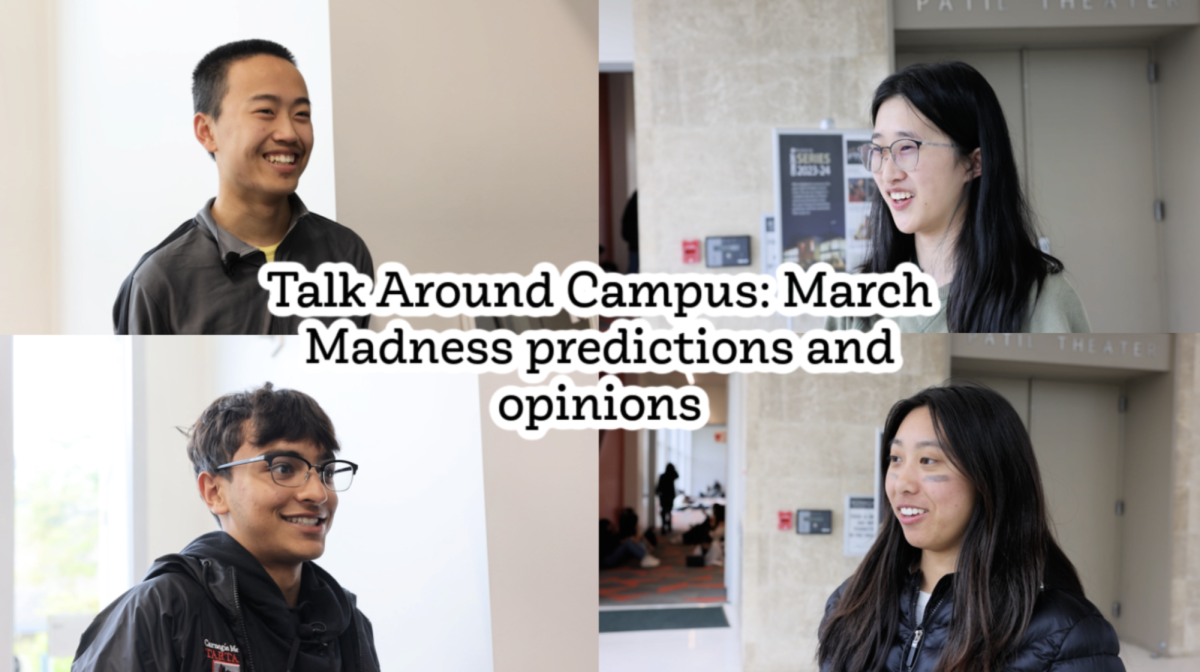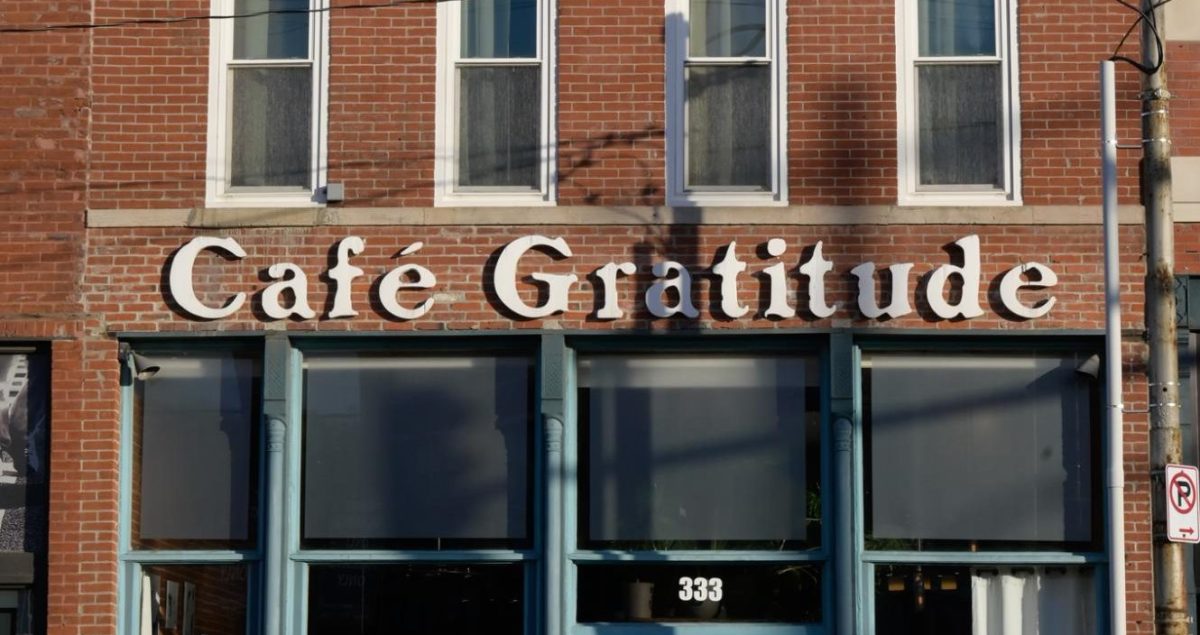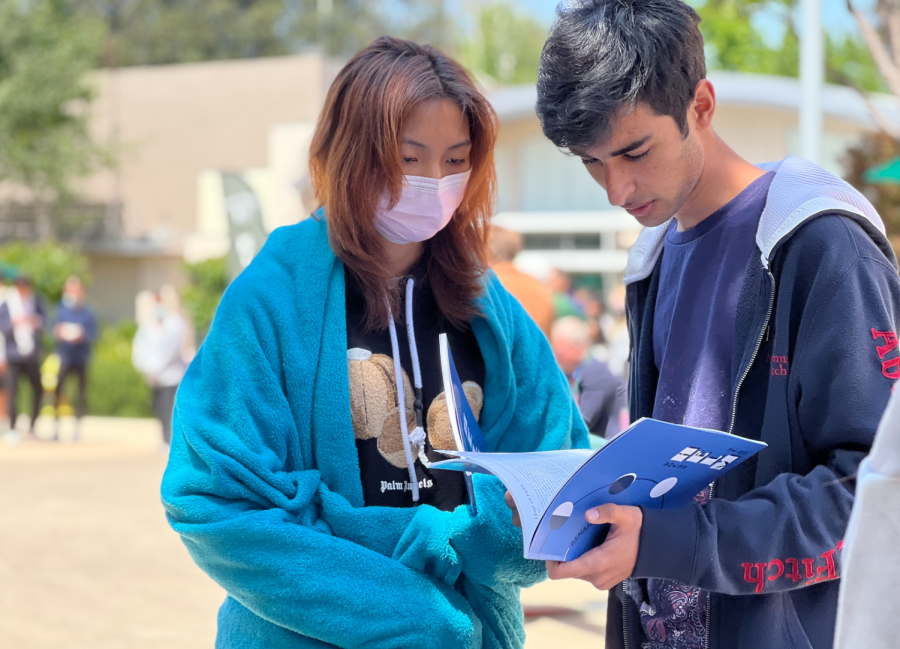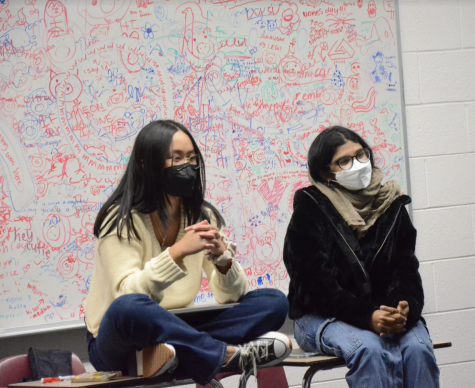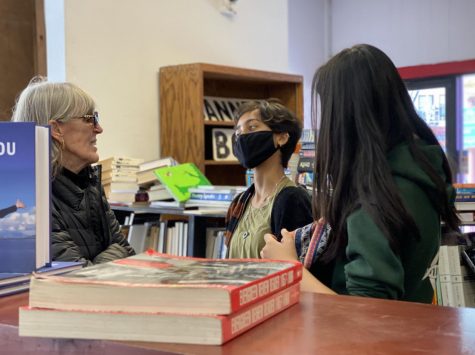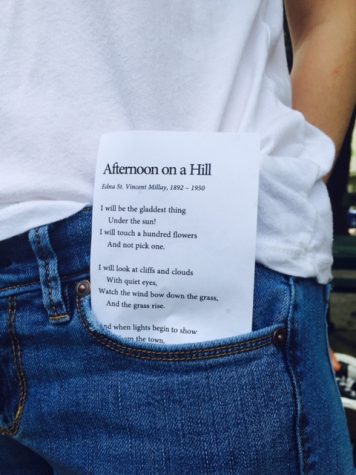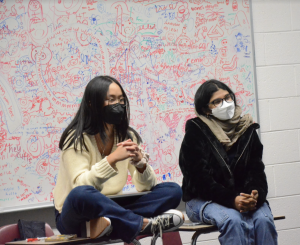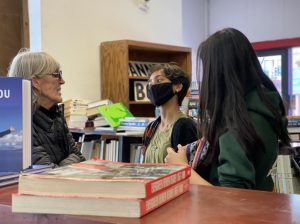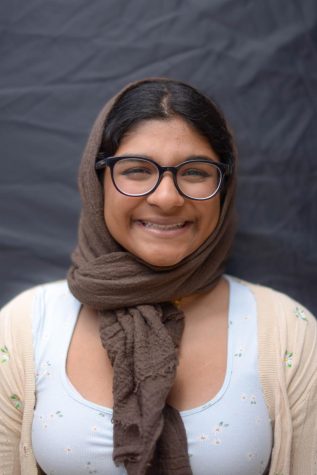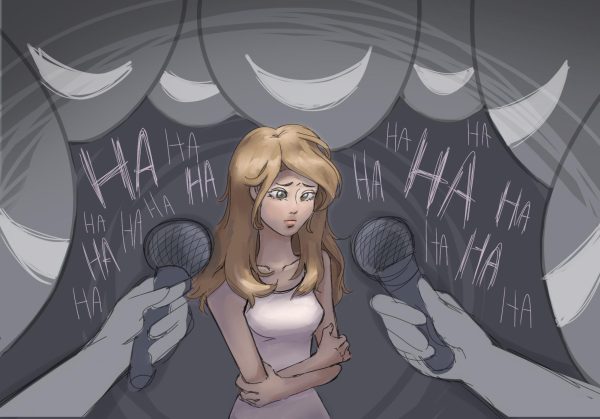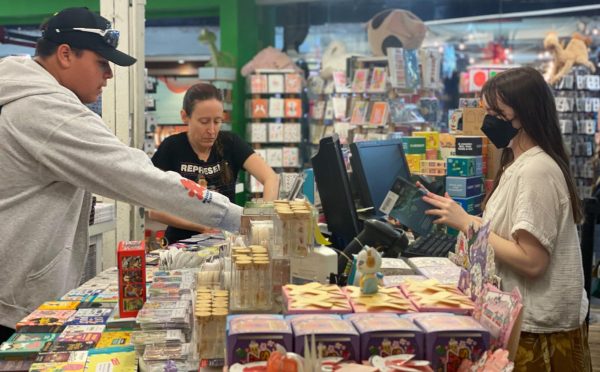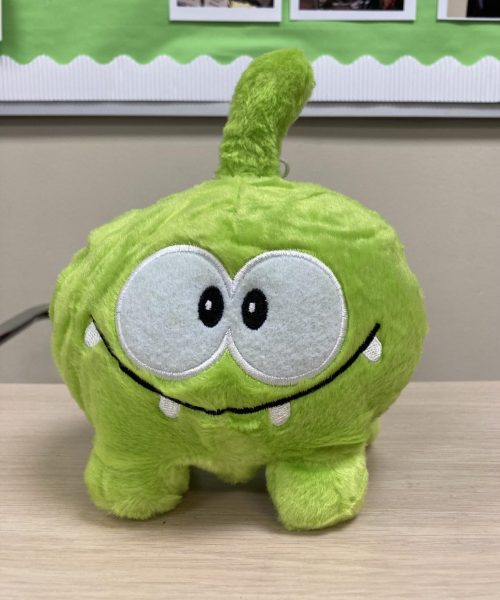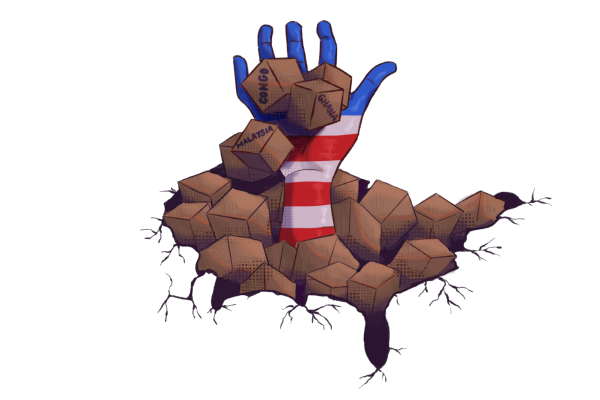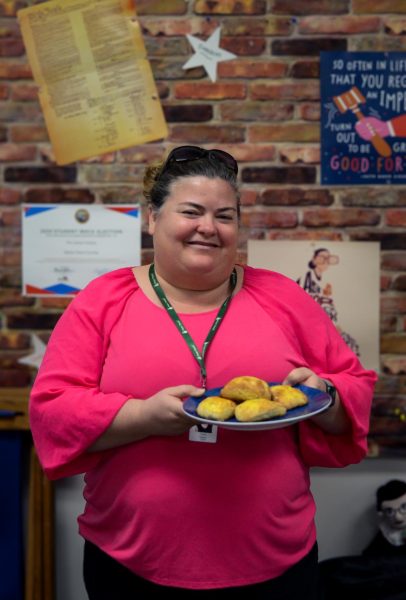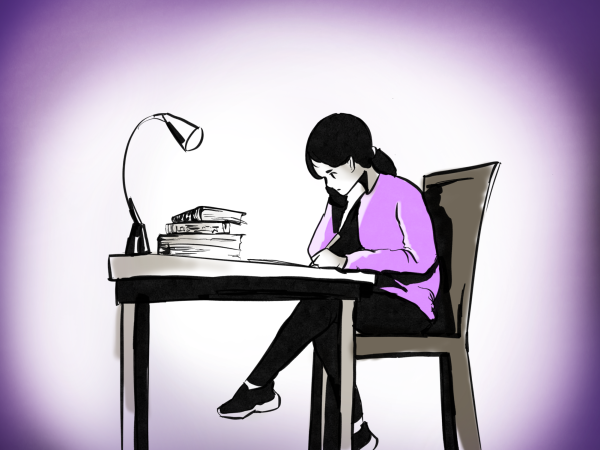Poem in your pocket: Celebrating National Poetry Month
Zubin Khera (11) and Vivian Bi (11) read writing in the latest issue of the Harker Eclectic Literary Magazine (HELM), which was produced by students and focused on the theme of renaissance this year. HELM often features student-written poetry, creative writing and miscellaneous forms of art.
April 30, 2022
It’s hard to define what poetry exactly is. Poetry can be reading Shel Silverstein’s poems in second grade, black-out poetry with sharpies or “I Am” poems. Poetry can be Frank Ocean’s confessionals, Adele’s timeless voice or Taylor Swift’s lyricism. Poetry can be the sweetness of rain, the glow of stars or the blush of the sun.
At the upper school this month, people celebrated National Poetry Month with Artstravaganza, the release of Harker Eclectic Literature and Media’s (HELM) annual issue and Poem in a Pocket Day. Junior Athena Wu gravitated towards poetry because of its limitless, fluid form.
“With poetry, there’s no limits at all,” Athena said. “No rules. It’s just straight from your mind. It’s, in a way, very real. It’s your thought process, just in a more beautiful way.”
She first started writing at a young age, carrying on into high school with drafting poems, journalism and screenwriting in her journal. For Athena, writing poetry is very random because she finds it difficult to force herself to sit down and write a poem. It’s when the idea comes to mind that the words flow onto the page. Athena primarily explores her experiences and her friends’ experiences, which mostly revolve around mental health and mental health struggles. While she acknowledged that such heavy issues can be dispiriting at times, she pointed out the power of exploring difficult subjects.
“I think when you read something that is more dark, you can relate to it,” Athena said.“I think that’s very powerful, so that’s why I write.”
Dyllan Han (11) shares a tendency towards darker themes. He started writing in elementary school and felt a pull towards poetry at the start of high school because of its storytelling aspect and similarity to music. From themes of Stockholm syndrome to the fleeting nature of opportunity to the fading of memory, Dyllan believes that much emotion resides in heavier concepts, and he can process his internal feelings through articulating his thoughts.
“I think music is that perfect cross-section between accessibility and depth,” Dyllan said. “You can listen to it just to have fun, or you can listen to it and really understand what the writer is saying and then feel that emotion and that nuance behind their lyrics. I’m not good at making beats or singing, so poetry is a form of that music that I like so much.”
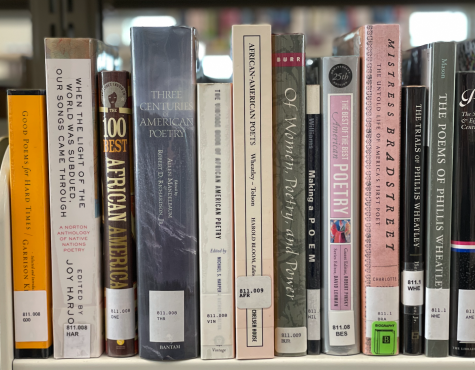
Upper school English teacher Jennifer Siraganian, who teaches the senior elective Art of Poetry and Fiction, similarly appreciates the brevity of poetry. Like Athena and Dyllan, she started writing stories when she was little and discovered poetry in middle school. She became involved in literary magazines in middle school and became the editor of her high school’s magazine. Originally inclined towards narrative form, Siraganian shifted her focus to poetry as another avenue of expression.
“I started writing poetry as a different way to tell stories. So most of my poems today are actually narrative informed, and they do tell a story,” Siraganian said. “I love the compression and the sense of focus. You completely put something under a microscope and allow it to come alive, almost like under a slide.”
April, National Poetry Month, is Siraganian’s favorite month. As the 2021 Poet Laureate of Los Gatos, she ran a citywide poetry contest for youth and adults as well as organized the competition’s award ceremony at the Los Gatos Library. During spring break, she oversaw a story walk and haiku workshop in downtown Los Gatos at Oak Meadow Park. Siraganian described the event where two pages of a children’s book are displayed every 10 feet in the park. After reading the picture book “Kiyoshi’s Walk” by Mark Karlins to a group of kids, they sat down at picnic tables and practiced writing haikus.
When she isn’t occupied with helping showcase the talent of her local community, Siraganian has an annual tradition where she and a group of poets try to write a poem a day. She and her friends email the poems daily to keep each other accountable.
“You generate so much work, and not all of them are pieces you ever want to see again, but sometimes you’ll get a gem here or there,” Siraganian said. “It’s really exciting, to watch what can emerge from the process.
The exercise mirrors the Instagram challenge Escapril. The @letsescapril handle, started by writer Savannah Brown in 2019, posts prompts for each day, ranging from simple phrases like “When I opened my eyes” to a singular word, such as “limbs.” Participants can post their work with the hashtags #escapril and #escapril2022, and Brown reposts many on the Escapril account, varying from bullet journal collages to magnet fridge poems.
Escapril presents just one of the many adaptations of poetry to the digital age. With the rise of “Instagram poetry” such as Rupi Kaur, online literary publications and daily poetry newsletter emails, poetry has become tailored to the tools of technology and the mindsets of a generation that connects and communicates through the Internet. Dyllan highlights that part of the essence of poetry is concisely verbalizing one’s thoughts with specific words.
“I think poetry is going to become more important because people are going to have smaller and smaller attention spans,” Dyllan said.“People don’t like long videos or read long things anymore.“With TikTok and YouTube reels, they just want to scroll through quick things. You have to find a way to be effective, and not waste the other person’s time.”
Athena notes that a potential risk of compression can result in a lack of fleshed-out meaning, but she believes that poetry should be relatable and accessible to everyone.
“On social media, the poems are usually very brief,” Athena said. “I feel like I’ve definitely done this before, but I feel like it’s a little bit more superficial. A lot of them sound similar, which is the style of the poetry. If you like reading [such poetry] and writing it and that’s good, then you can enjoy that.”
Siraganian agrees that social media serves as a great platform for people to express themselves. On the impact of social media on our attention spans, she proposes for people to put their devices aside even for just a few minutes.
“I do get fearful that social media consumes so much of our time and attention that we’re missing out on appreciating and enjoying art,” Siraganian said. “Yes, it’s still there. I think each of us has an artistic sensibility inside us. It’s about giving [the sensibility] time and space, and social media likes to consume time and space.”
As Asian American Pacific Islander Heritage Month draws near, consider reading a poem from these five poetry books by female Asian American and Pacific Islander writers.
If They Come For Us by Fatimah Asghar
In her debut poetry collection, Fatimah Asghar navigates experiences as a Pakistani Muslim orphan in America, entwining meditations on race and sexuality in the context of violence’s ingrained influence on identity.
Soft Science by Franny Choi
Franny Choi’s poetry collection “Soft Science” redefines queer, Asian American femininity as she explores identity through an artificial intelligence lens.
Iep Jāltok: Poems from a Marshallese Daughter by Kathy Jetñil-Kijiner
In her debut collection as the first published Marshallese poet, Kathy Jetñil-Kijiner crafts a basket of poems on resistance and resilience, hope and healing of the Marshallese culture, highlighting the destructive consequences and legacy of nuclear testing, racism, forced migration and environmental devastation through the lyrical voice of justice.
My Urohs by Emelihter Kihleng
The first poetry collection by a Pohnpeian poet, Emelihter Kihleng’s “My Urohs” weaves themes of culture, colonization and change in the Federated States of Micronesia.
A Nail the Evening Hangs on by Monica Sok
In a stunning debut, Monica Sok renders memory, both real and imagined, about the Khmer Rouge regime and genocide in Cambodia, the daily mark of intergenerational trauma that the children of refugees reckon with to form a new narrative that reaches toward the unbroken nature of hope.































![Setter Emma Lee (9) sets the ball to the middle during the match against Pinewood on Sept. 12. “[I’m looking forward to] getting more skilled, learning more about my position and also becoming better friends with all of my teammates, Emma said.](https://harkeraquila.com/wp-content/uploads/2023/09/DSC_4917-2-1200x795.jpg)













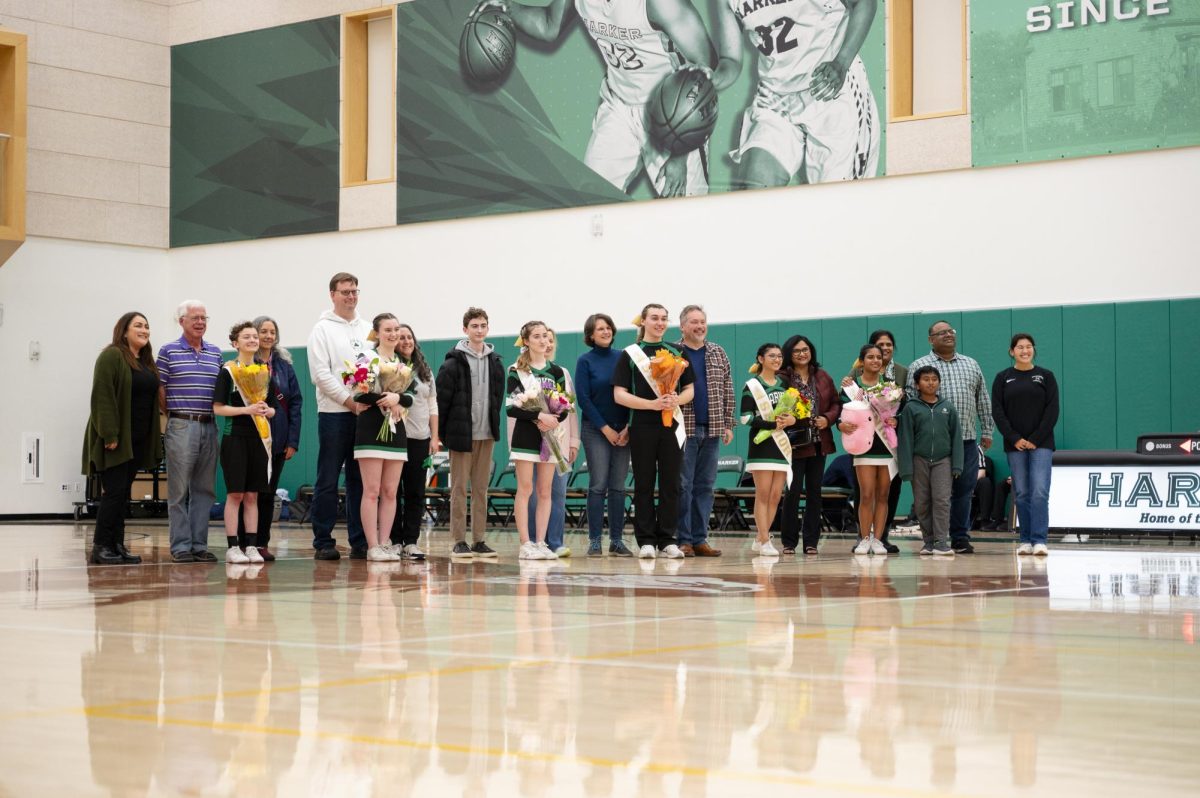


















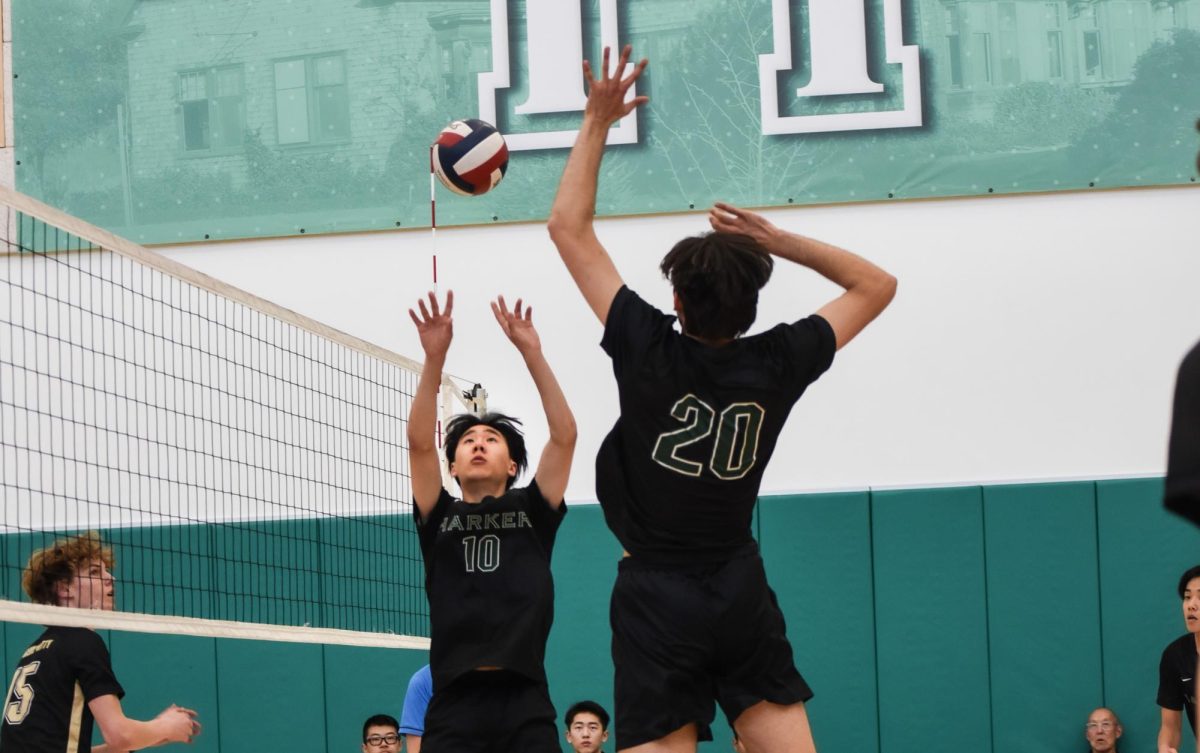
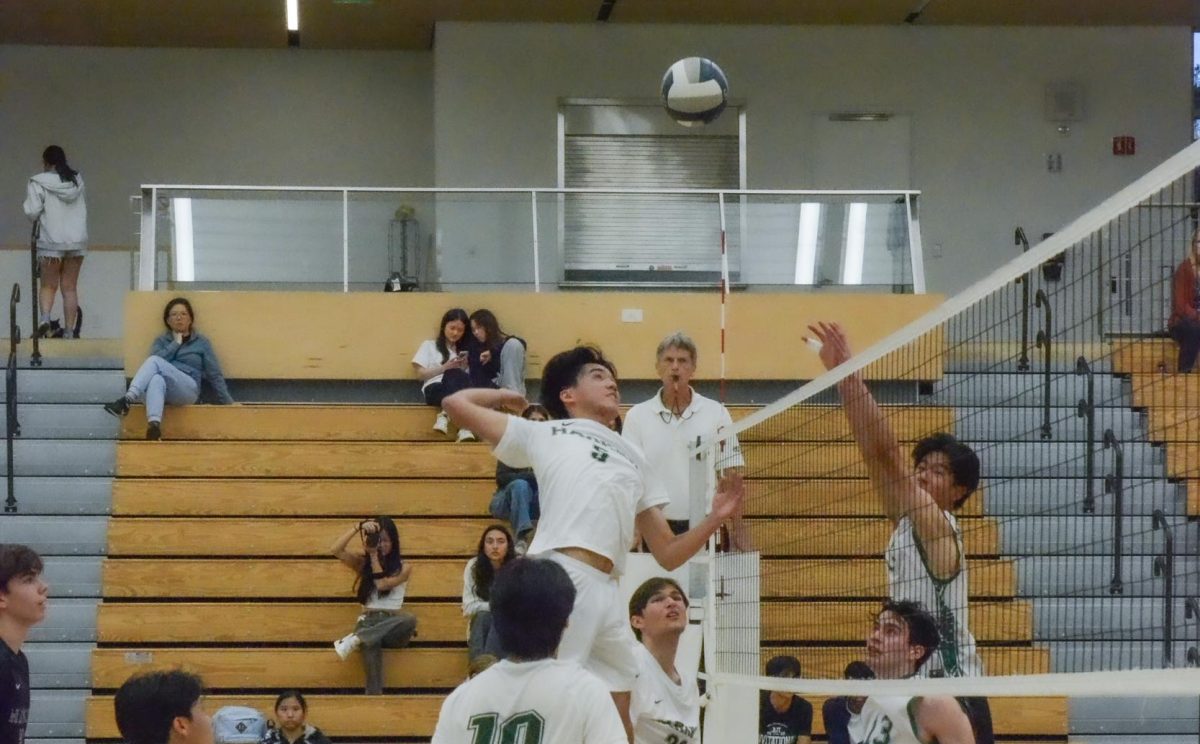

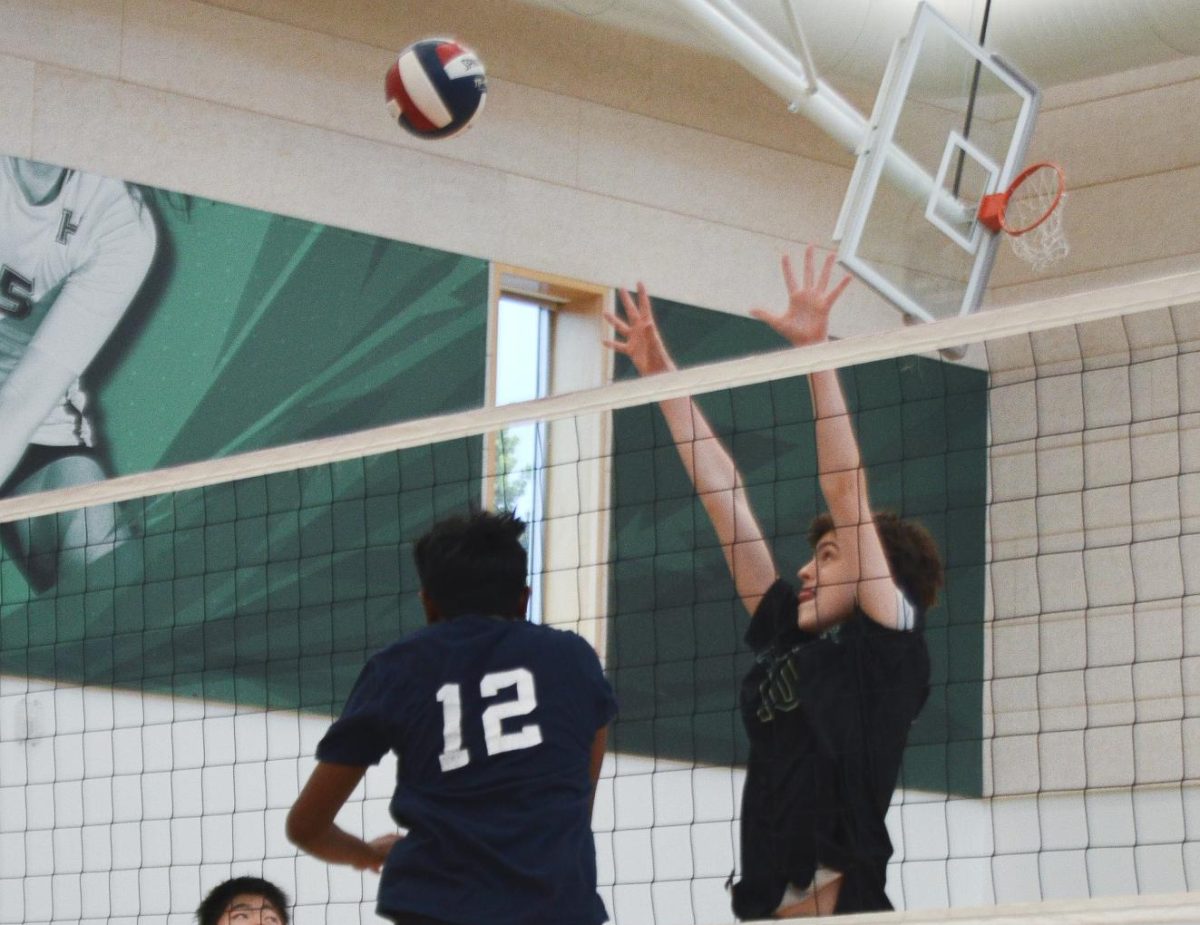
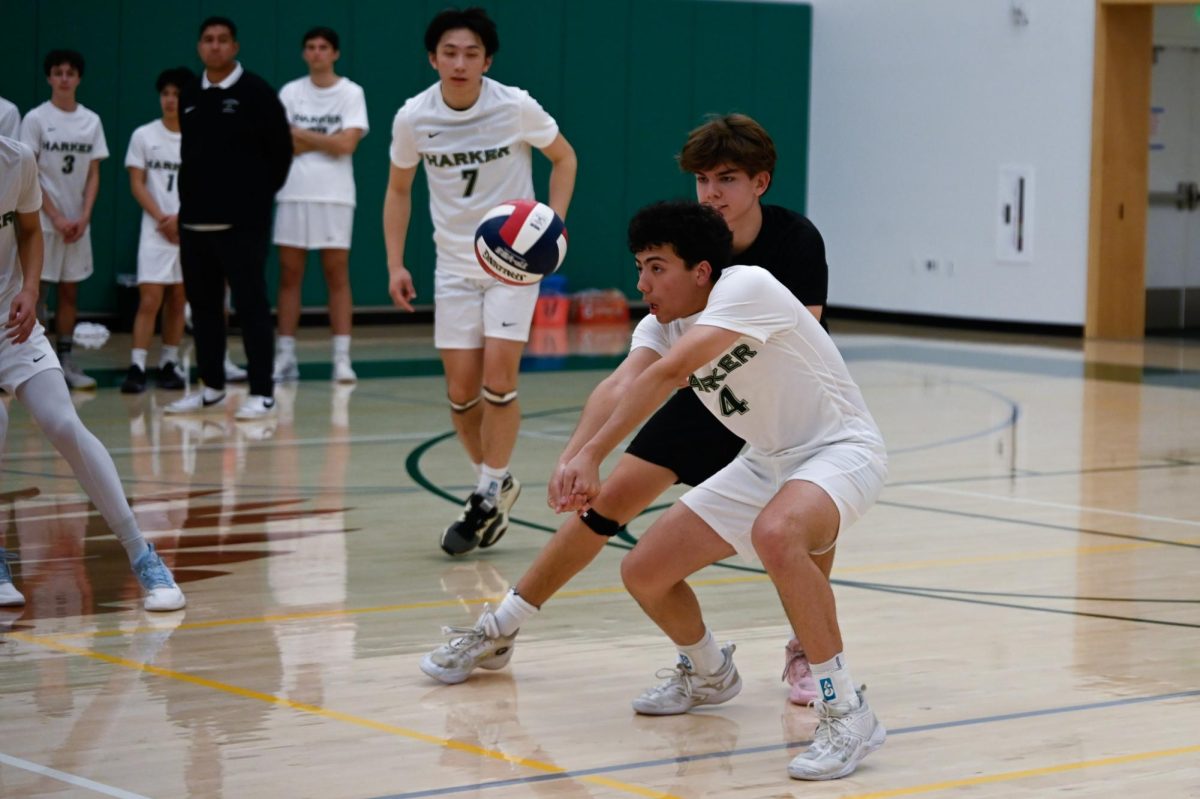



























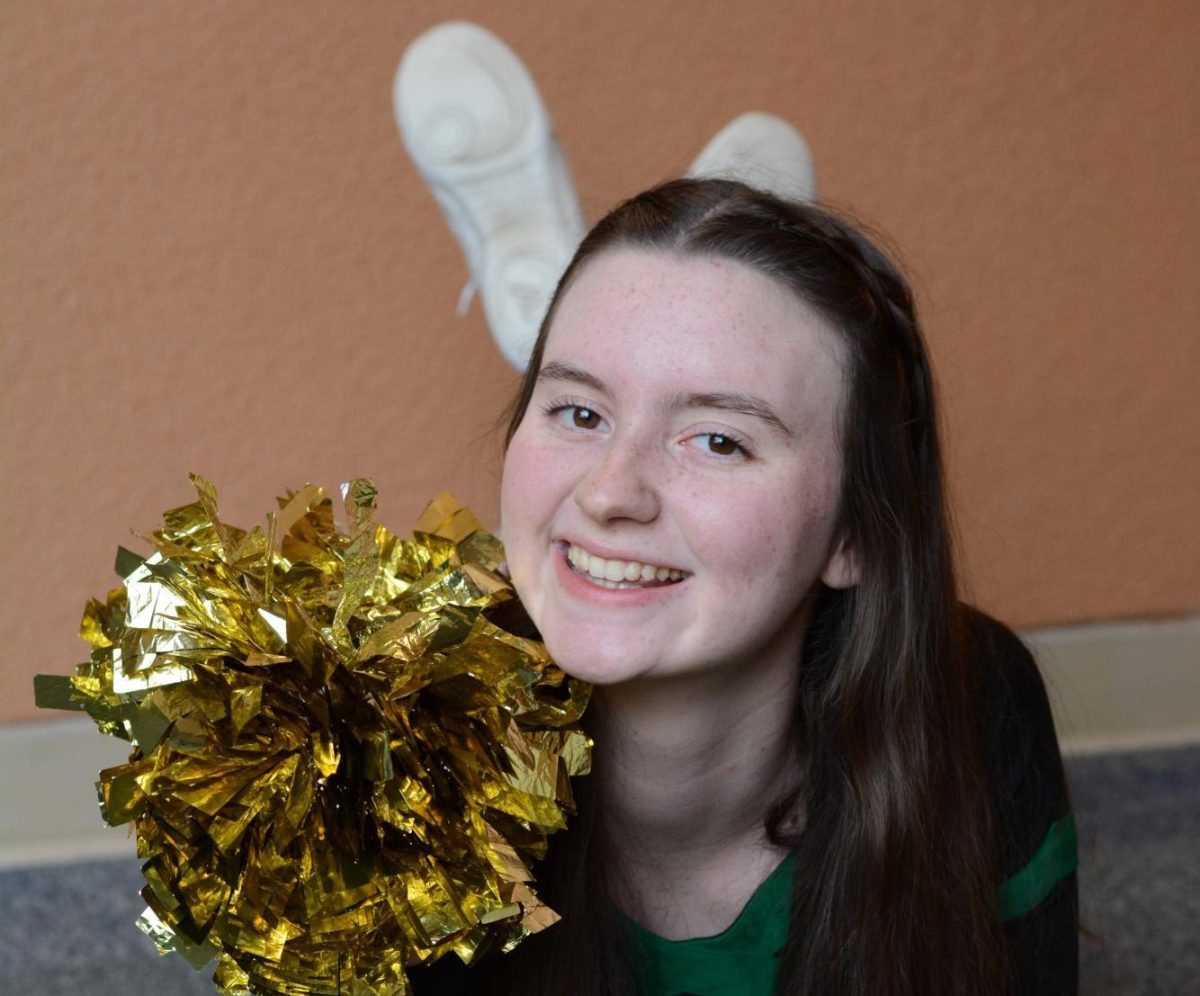
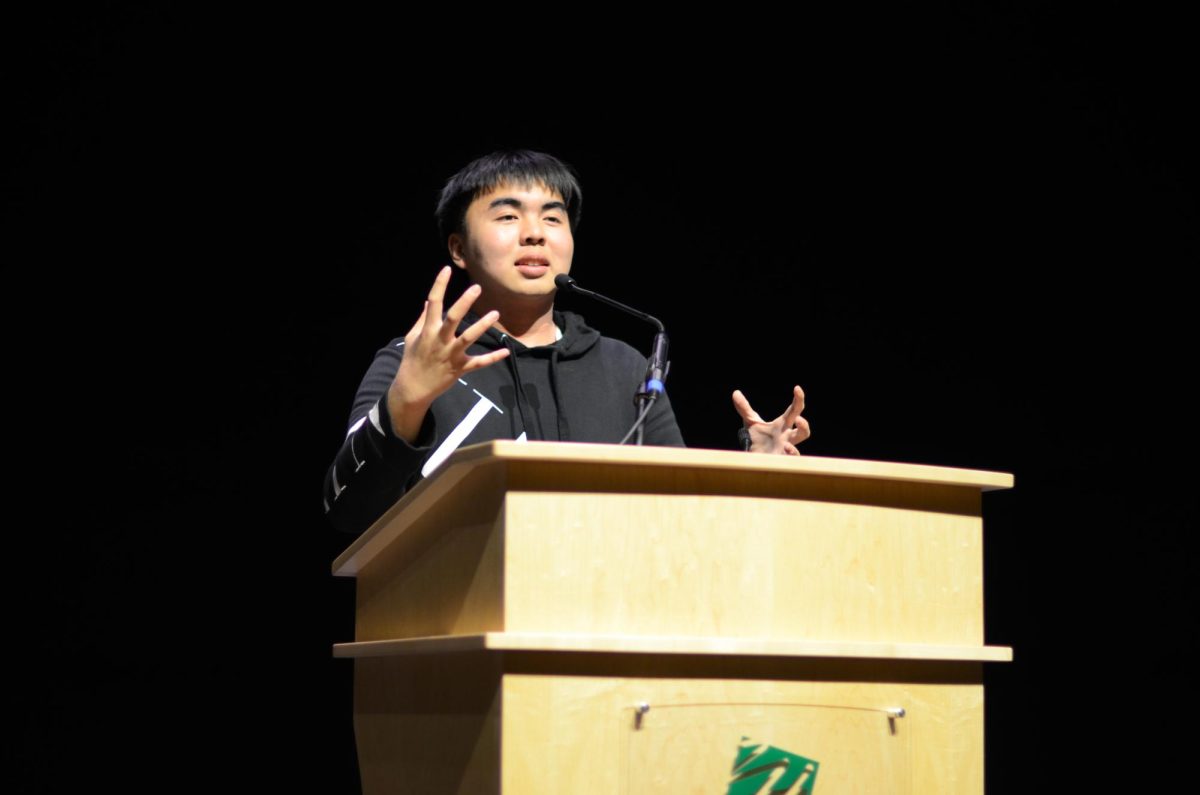
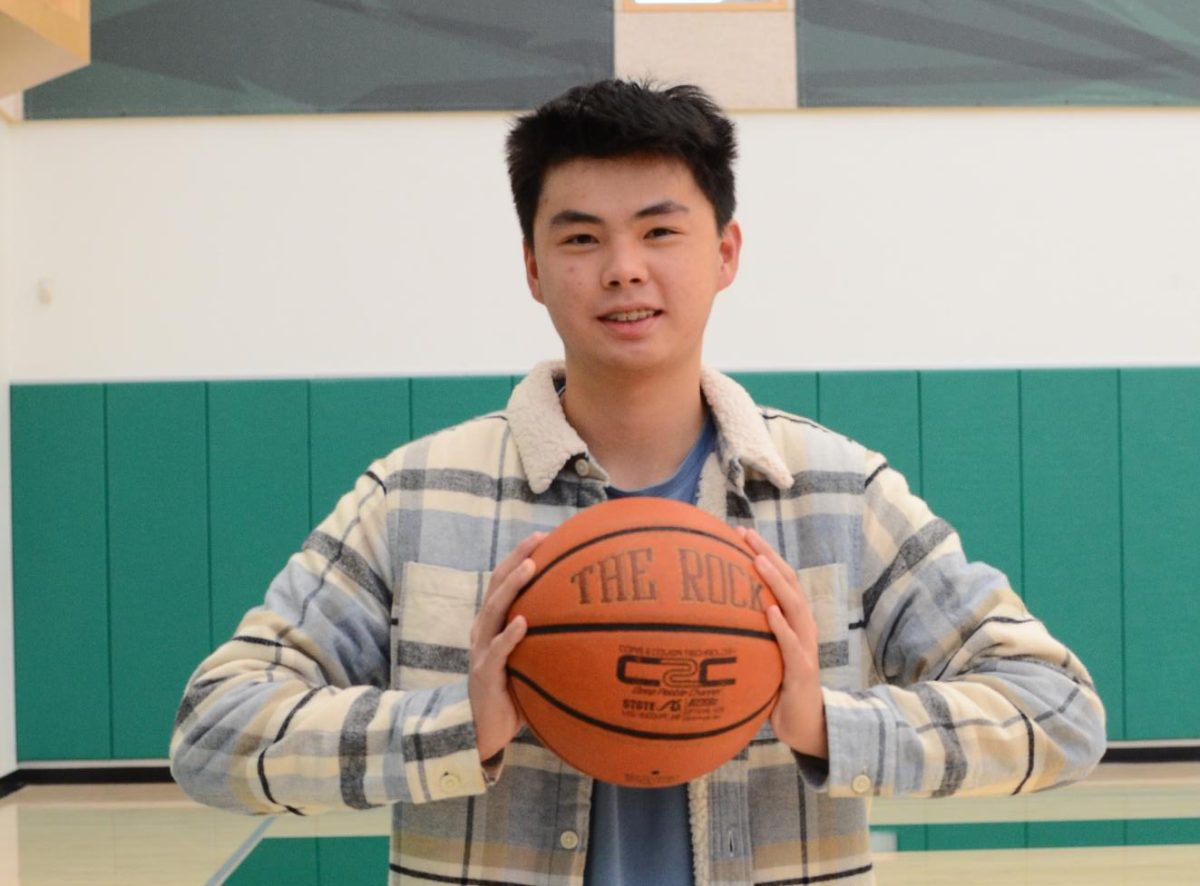
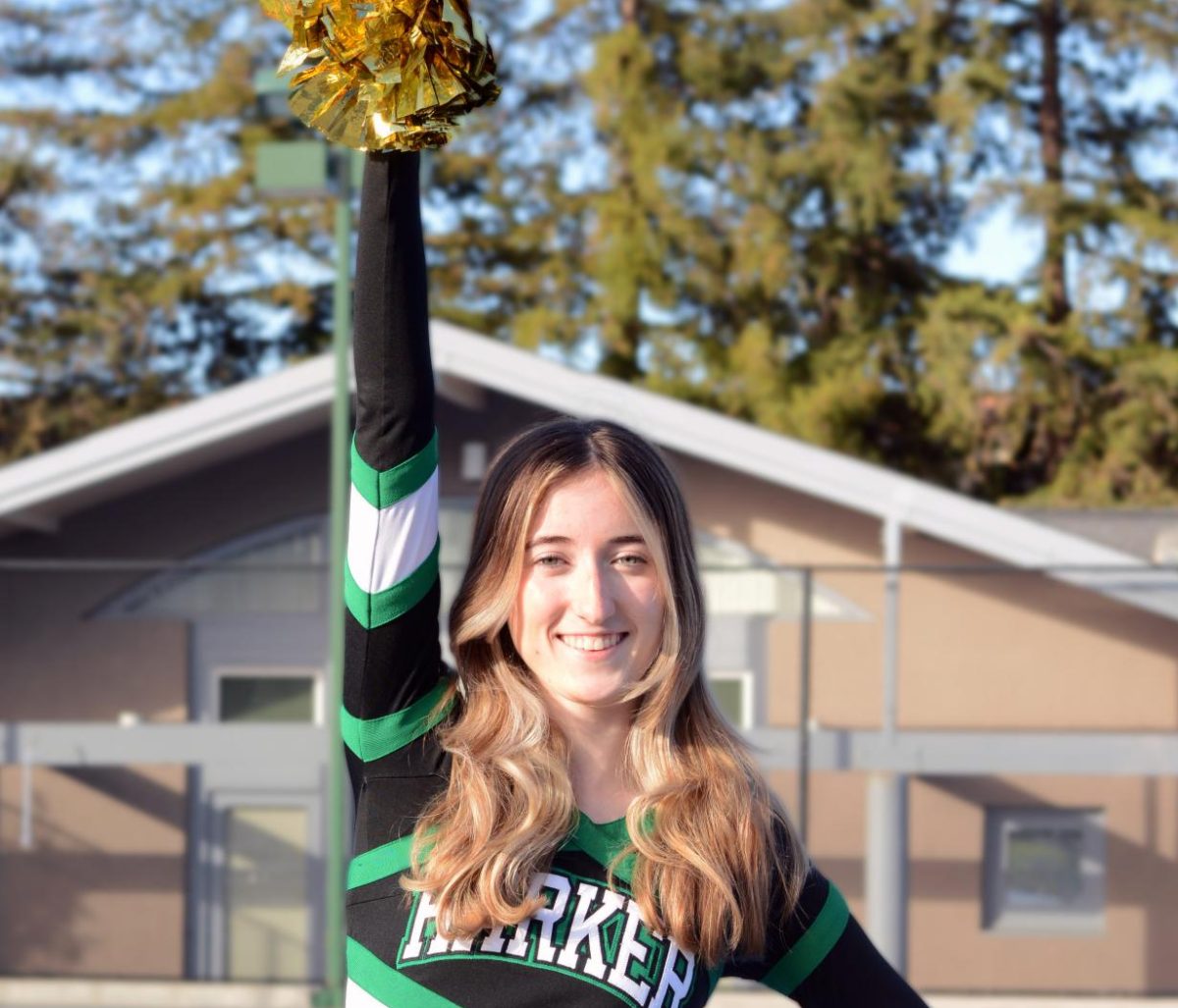
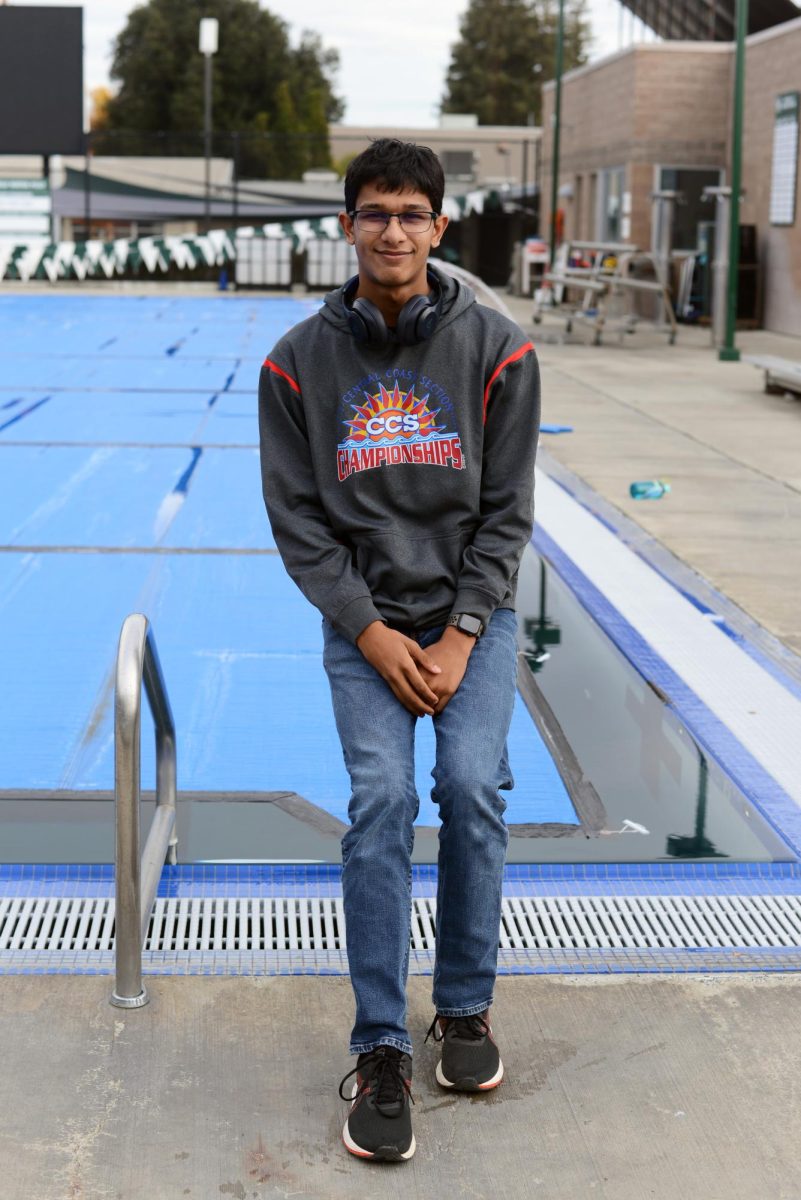
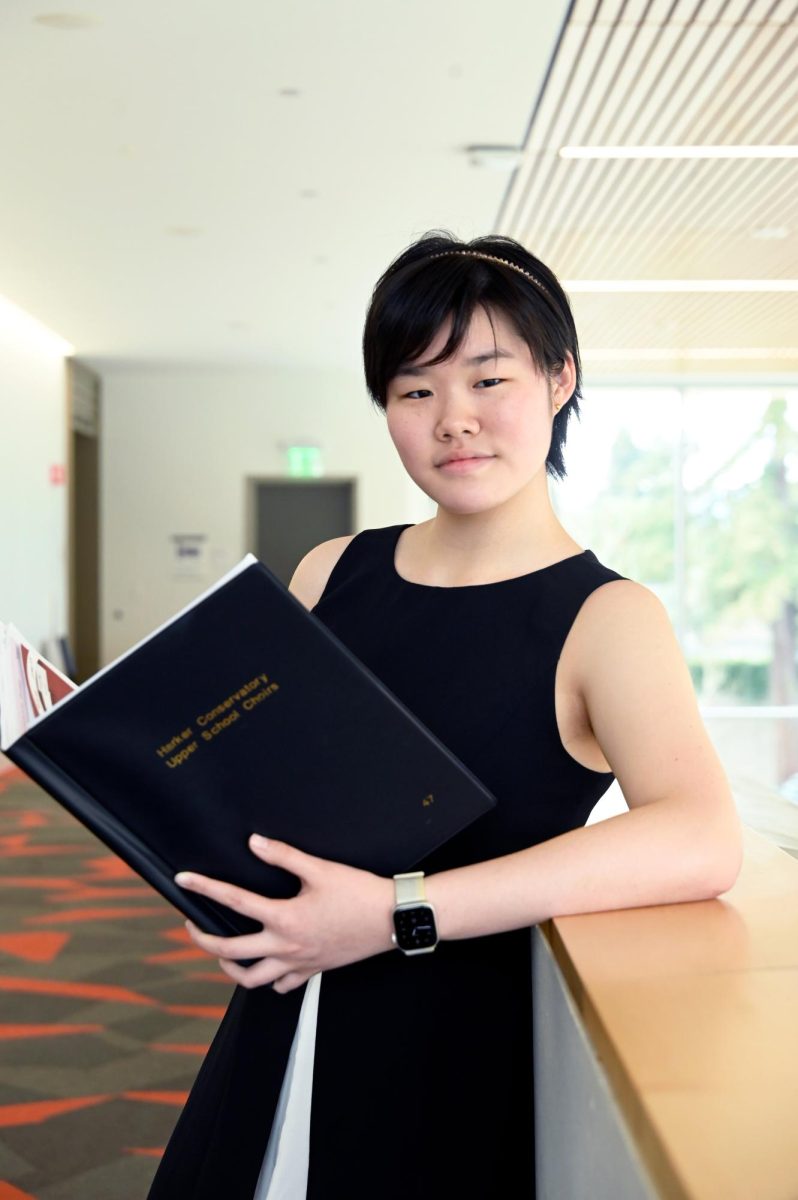








![“[Building nerf blasters] became this outlet of creativity for me that hasnt been matched by anything else. The process [of] making a build complete to your desire is such a painstakingly difficult process, but Ive had to learn from [the skills needed from] soldering to proper painting. Theres so many different options for everything, if you think about it, it exists. The best part is [that] if it doesnt exist, you can build it yourself, Ishaan Parate said.](https://harkeraquila.com/wp-content/uploads/2022/08/DSC_8149-900x604.jpg)


![“Animation just clicked in a way. I had been interested in art, but that felt different. [Animation] felt like it had something behind it, whereas previous things felt surface level. I wasnt making that crazy of things, but just the process of doing it was much more enjoyable, Carter Chadwick (22) said.](https://harkeraquila.com/wp-content/uploads/2022/08/Screen-Shot-2022-08-16-at-9.44.08-AM-900x598.png)


![“When I came into high school, I was ready to be a follower. But DECA was a game changer for me. It helped me overcome my fear of public speaking, and its played such a major role in who Ive become today. To be able to successfully lead a chapter of 150 students, an officer team and be one of the upperclassmen I once really admired is something Im [really] proud of,” Anvitha Tummala (21) said.](https://harkeraquila.com/wp-content/uploads/2021/07/Screen-Shot-2021-07-25-at-9.50.05-AM-900x594.png)



![“[Volleyball has] taught me how to fall correctly, and another thing it taught is that you don’t have to be the best at something to be good at it. If you just hit the ball in a smart way, then it still scores points and you’re good at it. You could be a background player and still make a much bigger impact on the team than you would think,” Anya Gert (’20) said.](https://harkeraquila.com/wp-content/uploads/2020/06/AnnaGert_JinTuan_HoHPhotoEdited-600x900.jpeg)

![“Im not nearly there yet, but [my confidence has] definitely been getting better since I was pretty shy and timid coming into Harker my freshman year. I know that theres a lot of people that are really confident in what they do, and I really admire them. Everyones so driven and that has really pushed me to kind of try to find my own place in high school and be more confident,” Alyssa Huang (’20) said.](https://harkeraquila.com/wp-content/uploads/2020/06/AlyssaHuang_EmilyChen_HoHPhoto-900x749.jpeg)













![“My slogan is ‘slow feet, don’t eat, and I’m hungry.’ You need to run fast to get where you are–you arent going to get those championships if you arent fast,” Angel Cervantes (12) said. “I want to do well in school on my tests and in track and win championships for my team. I live by that, [and] I can do that anywhere: in the classroom or on the field.”](https://harkeraquila.com/wp-content/uploads/2018/06/DSC5146-900x601.jpg)

![“I think getting up in the morning and having a sense of purpose [is exciting]. I think without a certain amount of drive, life is kind of obsolete and mundane, and I think having that every single day is what makes each day unique and kind of makes life exciting,” Neymika Jain (12) said.](https://harkeraquila.com/wp-content/uploads/2017/06/Screen-Shot-2017-06-03-at-4.54.16-PM.png)







